A Guide to Progressive Relaxation
A Simple Technique for Managing Stress
In today’s fast-paced world, young adults are under more pressure than ever. Whether it’s school or college deadlines, social expectations, or stress at work, it’s easy to feel overwhelmed. One powerful technique to help manage this stress is progressive relaxation, a practice that can significantly improve mental health. For those new to mindfulness and relaxation techniques, progressive relaxation offers a simple and effective way to reduce tension, relieve anxiety, and promote better overall health.
What is Progressive Relaxation?
Progressive relaxation, also known as progressive muscle relaxation (PMR), is a method that helps you manage stress by teaching you to recognise and reduce the physical tension in your body. This technique involves tensing and then slowly releasing different muscle groups in your body, usually starting from your feet and working your way up to your head. By doing so, you train your body to respond to stress with relaxation, rather than tension.
This practice is often used in mental health settings because it can help reduce anxiety, manage stress, and even improve sleep. The simplicity of the technique makes it accessible for people at all skill levels, and it can be done anywhere—whether at home, school, or even on your lunch break at work.
How Does Progressive Relaxation Work?
When you’re stressed, your muscles tend to tighten, even if you’re not aware of it. This is part of your body’s natural fight-or-flight response. Over time, chronic tension can lead to physical symptoms like headaches, muscle pain, or fatigue. Progressive relaxation helps break this cycle by bringing awareness to areas of tension and teaching your body how to release it.
Here’s how you can practise progressive relaxation:
- Find a quiet, comfortable space: Sit or lie down in a position where you can fully relax.
- Start with your feet: Focus on your toes. Inhale deeply, tensing the muscles in your feet for 5-10 seconds.
- Release the tension: Exhale slowly while releasing the tension in your feet. Notice how the muscles feel when relaxed.
- Move upwards: Work your way up through your body—calves, thighs, stomach, chest, arms, and finally, your neck and face. For each muscle group, follow the same pattern: tense for 5-10 seconds, then slowly release.
- Take your time: The entire process can take anywhere from 10 to 30 minutes. The key is to focus on the feeling of relaxation as the tension melts away.
By practising progressive muscle relaxation regularly, you can train your body to relax more quickly when faced with stressful situations.
The Benefits of Progressive Relaxation
There are numerous benefits to incorporating progressive relaxation into your daily routine, including:
- Reduces anxiety: By focusing on your physical sensations and the act of relaxing your muscles, you can break the cycle of anxiety. Studies have shown that progressive relaxation can help reduce symptoms of anxiety and panic disorders.
- Improves sleep quality: Difficulty falling asleep is often linked to stress and tension. Progressive relaxation is a proven method for relaxing the body before bed, helping you fall asleep faster and enjoy a more restful night’s sleep.
- Increases self-awareness: Regular practice of this technique can increase your awareness of how your body responds to stress, helping you recognize the early signs of tension before it becomes overwhelming.
- Boosts mental clarity: With less tension in the body and reduced anxiety, progressive relaxation can help improve focus and mental clarity, making it easier to tackle school or work projects with a calm mind.
Integrating Progressive Relaxation into Your Routine
The best part about progressive relaxation is that it can easily be incorporated into your daily routine. Whether you practise it in the morning to start your day calmly, during a study break to ease tension, or before bed to promote relaxation, the benefits are clear. With time and consistency, progressive relaxation can become a key tool in managing stress and supporting your mental health.


